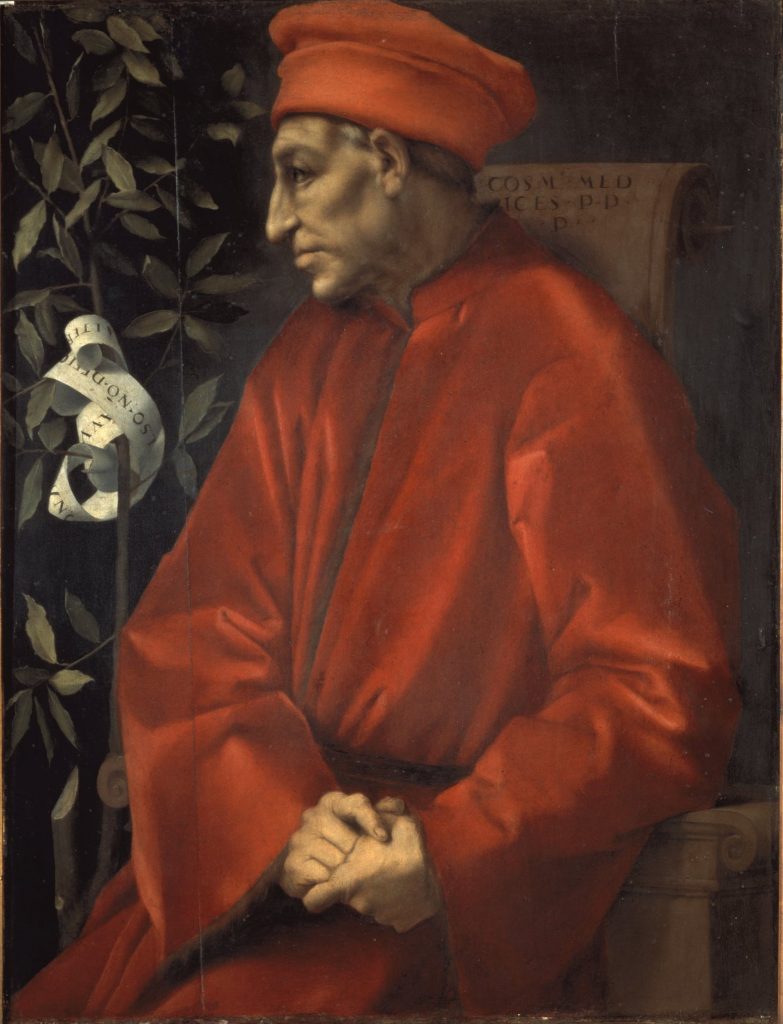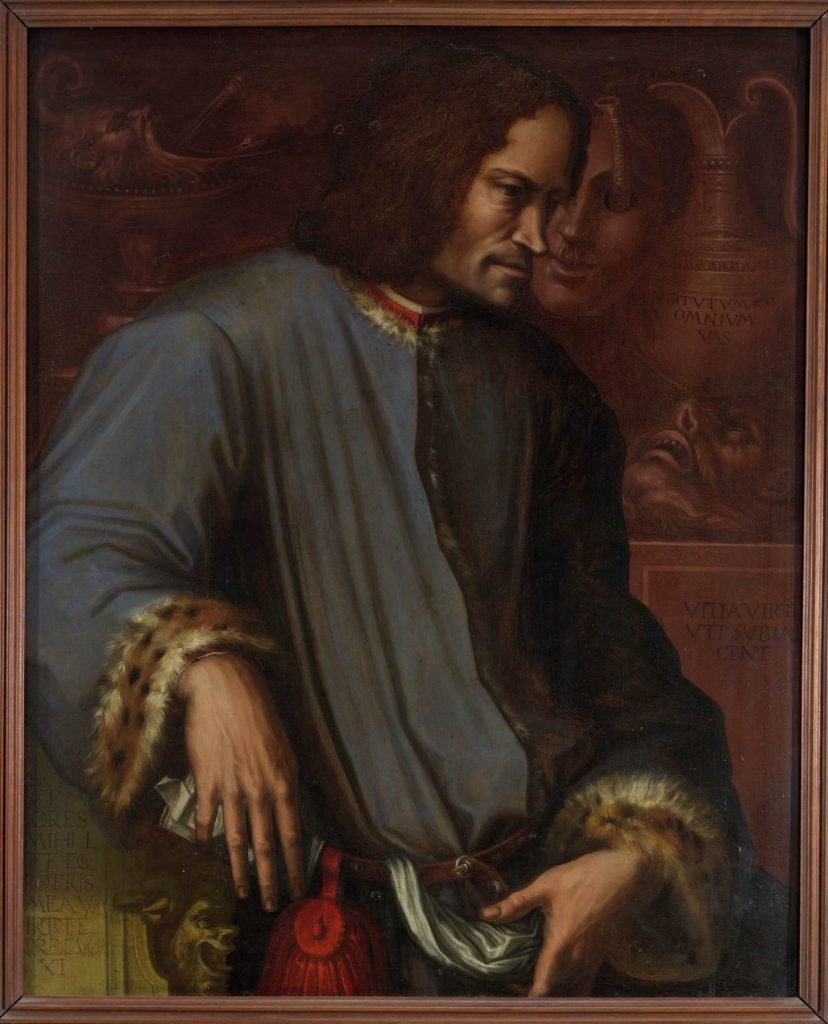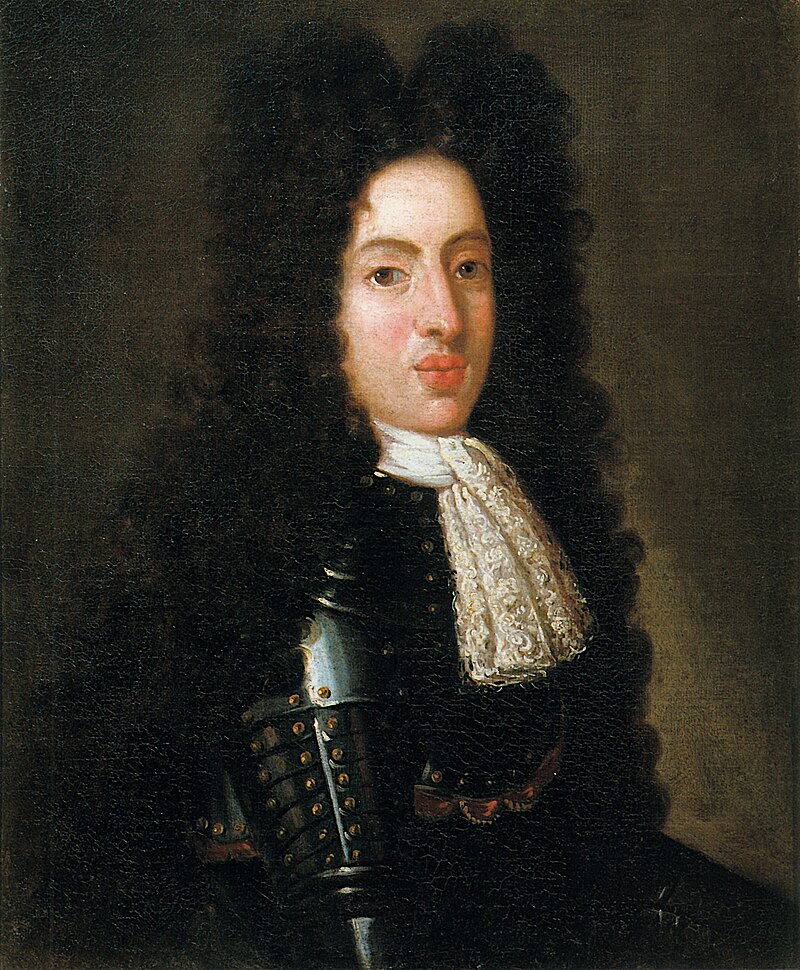The Medici family, synonymous with the Italian Renaissance, played a pivotal role in shaping the cultural, economic, and political landscape of Florence during the 15th and 16th centuries. Rising from modest beginnings, the Medici became one of the most influential and affluent families in Europe, leaving an indelible mark on art, politics, and finance.

Cosimo the Elder, by Jacopo Carucci, known as Pontormo (Pontorme, Empoli, 1494 – Florence, 1552), Oil on panel, 1519, Uffizi Gallery Florence, Italy
Early Rise to Power:
The Medici ascent began with Cosimo de’ Medici, known as “Cosimo the Elder,” who skillfully navigated the complexities of Florentine politics. Establishing the family bank, Medici became indispensable to the Papacy and various European rulers, amassing considerable wealth. Despite facing political exile at one point, Cosimo returned triumphant, solidifying the Medici influence.

Portrait of Lorenzo the Magnificent,1533-34
Oil on wood, 90 x 72 cm
Galleria degli Uffizi, Florence
Lorenzo the Magnificent:
Cosimo’s grandson, Lorenzo de’ Medici, is often hailed as the most illustrious of the family. Known as “Lorenzo the Magnificent,” he not only expanded the family’s financial empire but also became a passionate patron of the arts. Under his rule, Florence flourished culturally, witnessing the birth of the Italian Renaissance. Lorenzo’s court attracted some of the greatest minds of the time, including Leonardo da Vinci and Sandro Botticelli.
Artistic Patronage:
The Medici were prolific patrons of the arts, recognizing the transformative power of culture. They commissioned renowned artists and architects, contributing to the creation of masterpieces that define the Renaissance. The Medici-sponsored projects include Michelangelo’s “David” and the construction of the Medici Chapel. The family’s commitment to art fostered an environment where creativity thrived.
Political Machinations:
While the Medici were great patrons of the arts, they were equally adept at navigating the treacherous waters of politics. Balancing power between republicanism and oligarchy, the family skillfully maintained control of Florence. However, their rule faced challenges, including the Pazzi Conspiracy, an attempted coup against Lorenzo and his brother Giuliano, in which Giuliano lost his life.
Legacy and Decline:
Following Lorenzo’s death, the Medici legacy continued, but the family faced periods of exile and instability. The last Medici ruler, Gian Gastone, witnessed the decline of the family’s power. The extinction of the Medici line marked the end of an era, but their contributions to Florence’s cultural renaissance endured.

Gian Gastone de’ Medici, the seventh and final Grand Duke by Niccolò Cassana (often called Nicoletto; 1659–1714)
Conclusion:
The Medici family’s impact on Florence and the Renaissance cannot be overstated. From humble beginnings in banking to becoming influential patrons of the arts and political powerhouses, the Medici played a multifaceted role in shaping the course of history. Their legacy lives on in the artistic treasures of Florence, the city they helped transform into a cultural epicenter during one of the most dynamic periods in human history.
